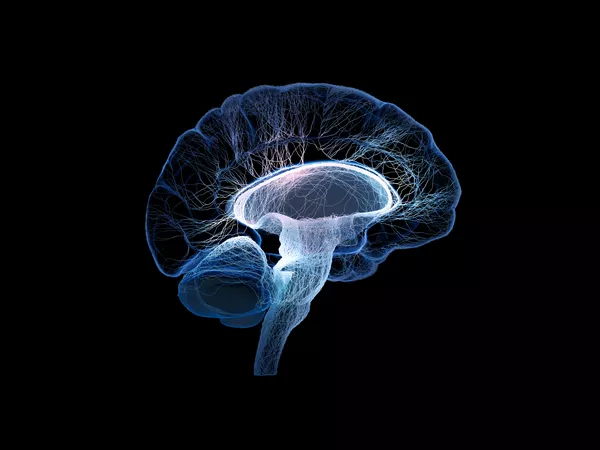EDITORIAL
Published on 28 Sep 2022
Editorial: New insights into the role of the vagus nerve in health and disease: Basic and clinical studies
doi 10.3389/fnins.2022.979695
- 2,117 views
13k
Total downloads
67k
Total views and downloads
EDITORIAL
Published on 28 Sep 2022
ORIGINAL RESEARCH
Published on 08 Jul 2022
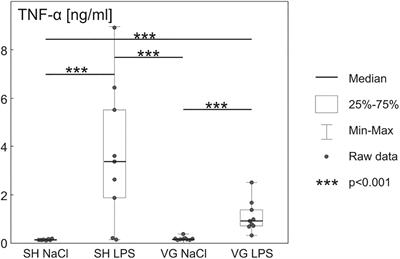
BRIEF RESEARCH REPORT
Published on 26 May 2022
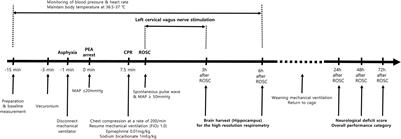
ORIGINAL RESEARCH
Published on 06 May 2022
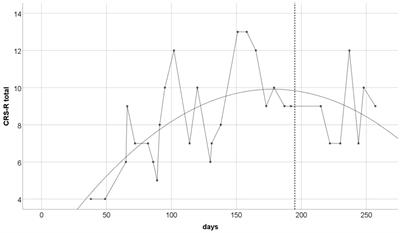
ORIGINAL RESEARCH
Published on 12 Jan 2022
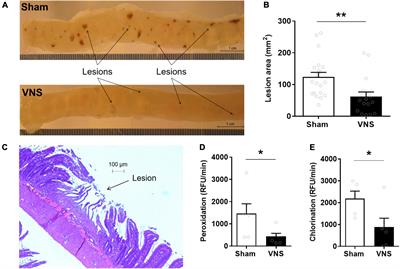
ORIGINAL RESEARCH
Published on 23 Dec 2021
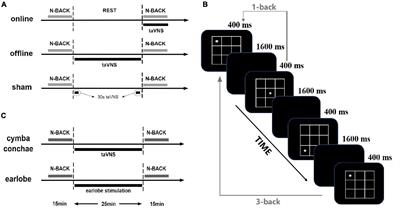
SYSTEMATIC REVIEW
Published on 20 Sep 2021

ORIGINAL RESEARCH
Published on 07 Sep 2021

ORIGINAL RESEARCH
Published on 02 Aug 2021
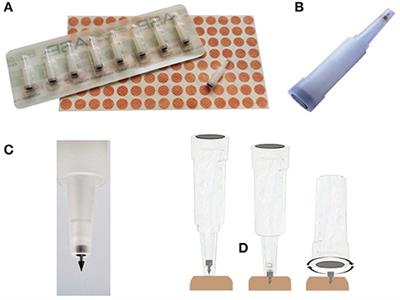
BRIEF RESEARCH REPORT
Published on 15 Jul 2021
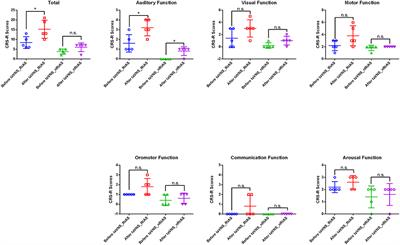
ORIGINAL RESEARCH
Published on 25 Jun 2021

